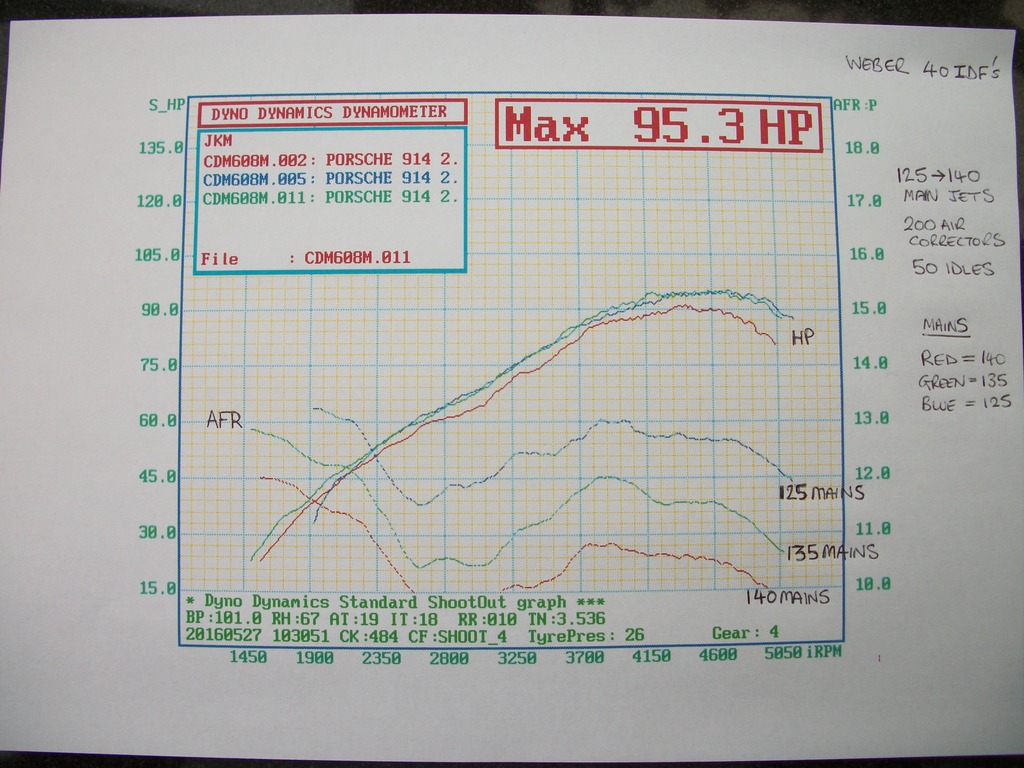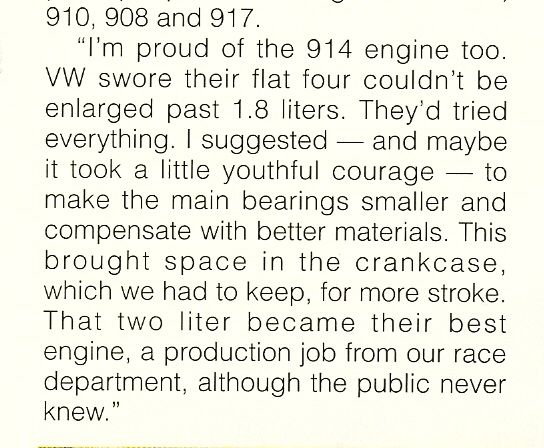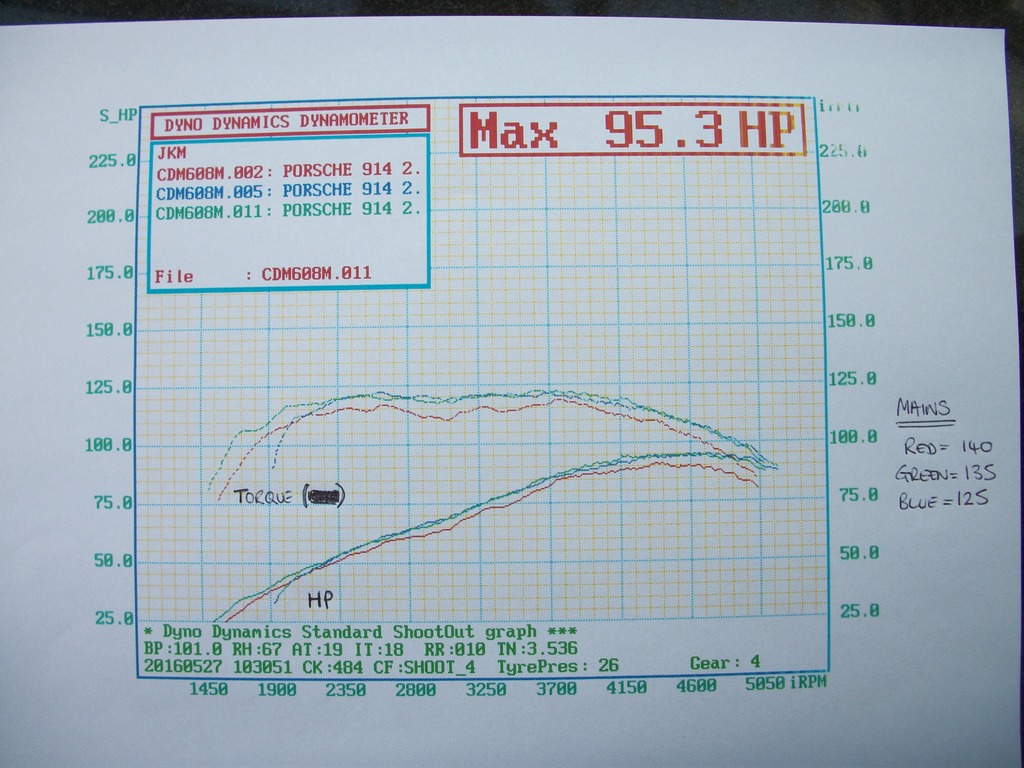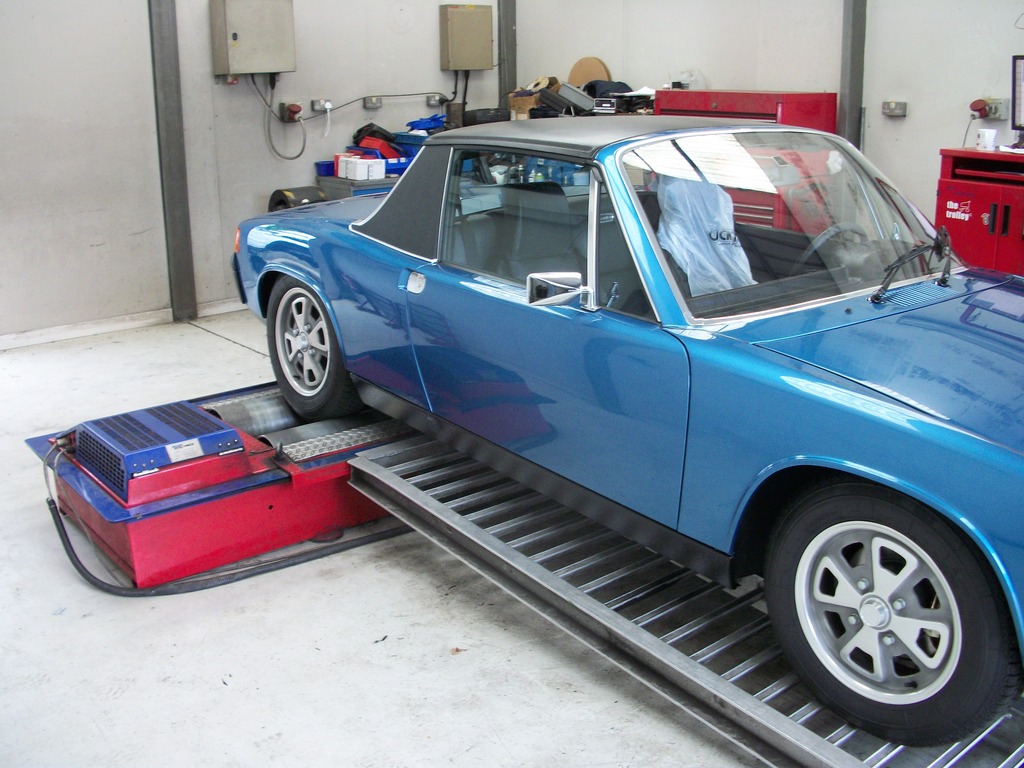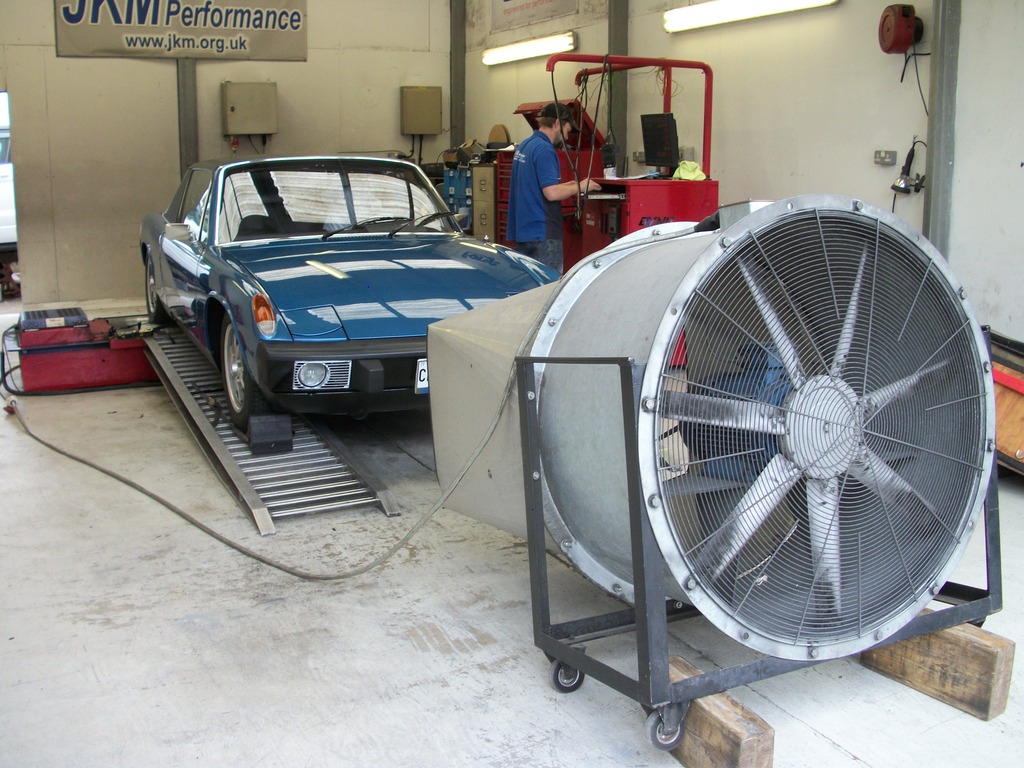OU, reread your first post that starts with "why did they do it?? did some one mess up" and then adds ....WHY DID THEY DO IT?????
Oh the horror!!! Why oh why did they do it??
Everyone knows they did it because EFI was the emerging state of the art and met the emissions requirements where carbs had no chance. For all these reasons it was "better".
Did it make more horsepower?..no. They werent concerned with that.
Is it the best for you??...who knows.
But it was certainly not a screw up and to even suggest it was a bit absurd.
That is what got the conversation off into the weeds.
By the way, even though I really like to hear the great noises that come from my triple weber set up (and think the popping, sniffing and wailing is certainly part of the allure of the early air-cooled sixes), I am working to finish an EFI/ITB set up so I can see just how great of a motor an early six can be when it is really optimized - with modern EFI and spark management. Just like Jake did when he was really trying to optimize a Type IV and the customer was willing to pay for it.
I would not bother putting on D-Jet, or even CIS. They were both somewhat lethargic induction systems and compromises limited by the technology of the times, but screw ups?? C'mon
Didn't all of the query's end in question marks?
Seriously I don't know enough to make a blanket statement like that.
But certainly car companies do screw up....and I was simply asking if Porsche did with 914 by going with the EFI instead of carbs?
Shows you how much I have yet to learn, but didn't most if not all the sixes,911's and 912's come with carbs? If EFI was so great back then why wouldn't they have installed EFI on its whole model line?
Just so no one gets there nuts in a sack, please notice all the statements above are Questions and not statements of fact.

